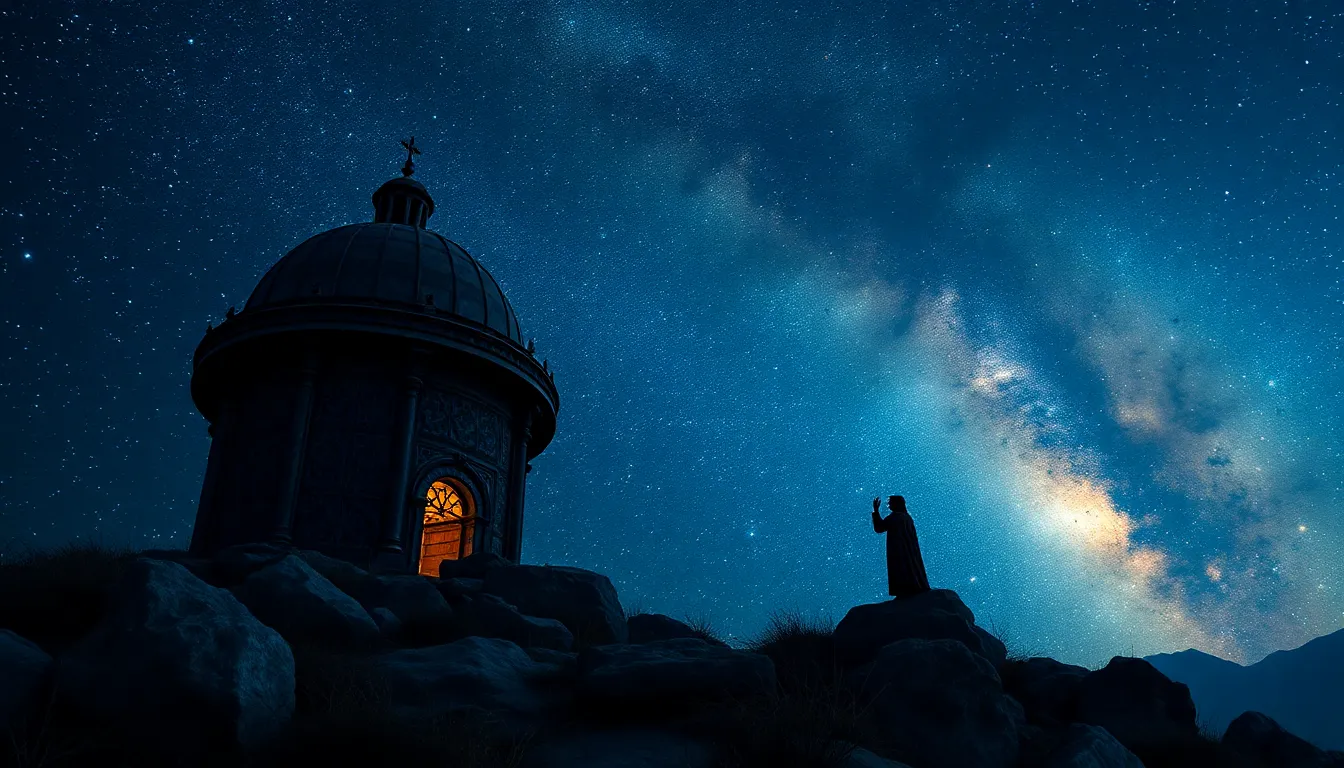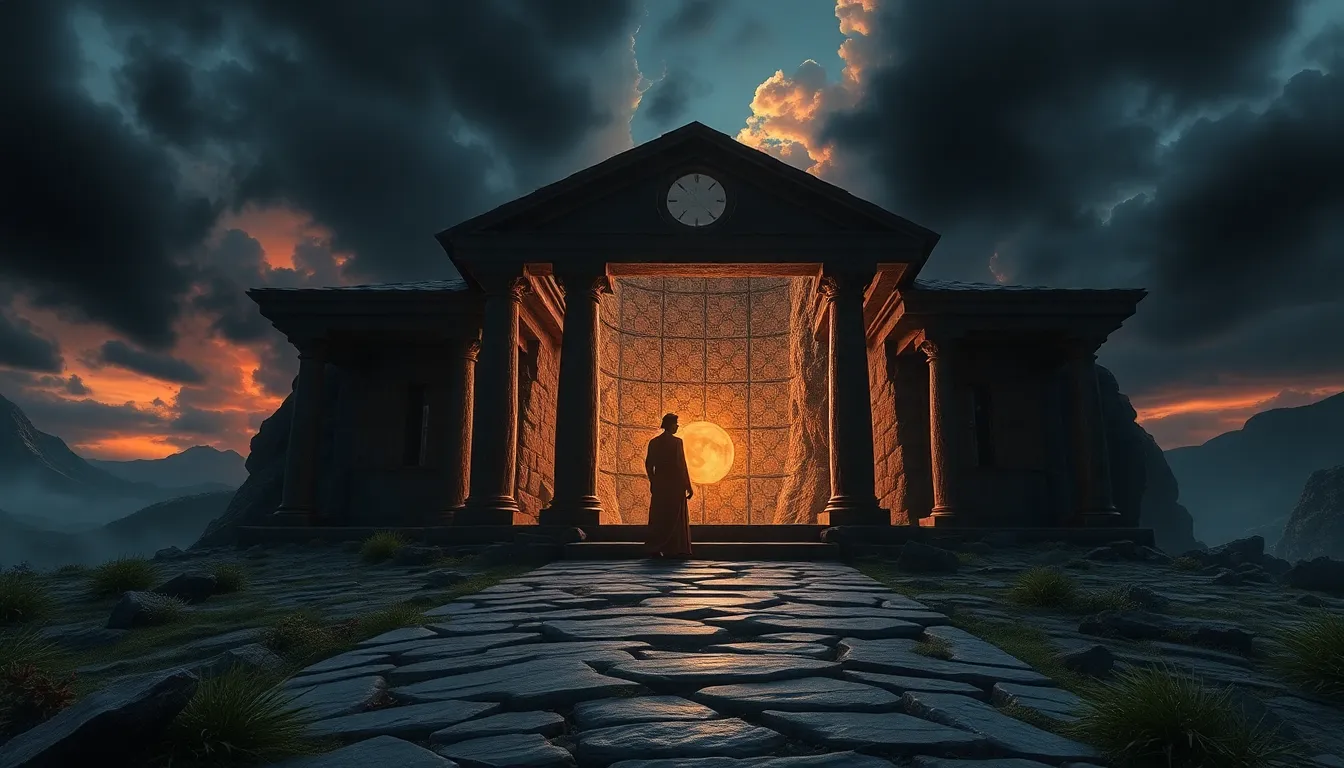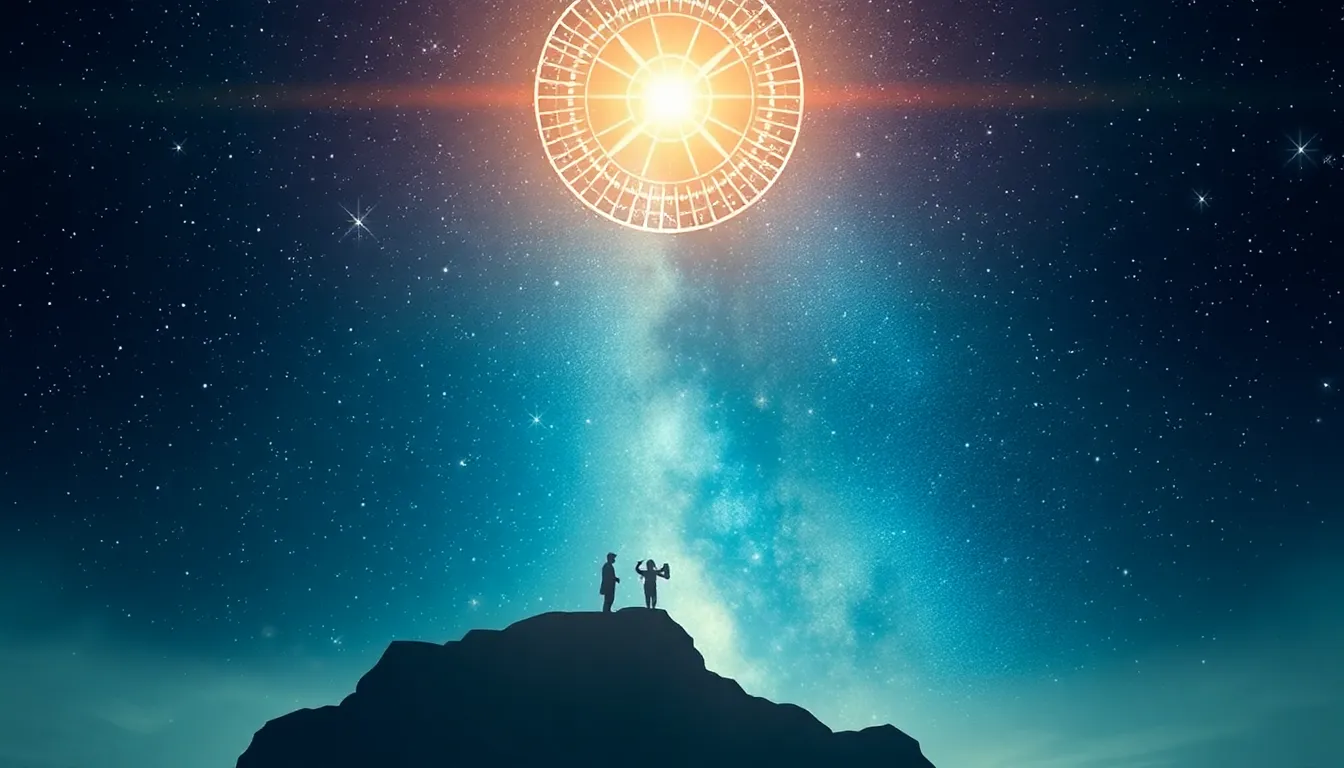Starlit Myths: The Stories That Inspire Stargazers
Introduction: The Connection Between Stars and Stories
The night sky has captivated humanity since the dawn of time. Stars, with their twinkling brilliance, have served as navigational points, seasonal indicators, and sources of inspiration for countless stories. Across cultures and epochs, the stars have been woven into the fabric of human mythology, offering explanations for the mysteries of the universe and reflecting our deepest fears, hopes, and aspirations.
Mythology has played a crucial role in shaping our understanding of the cosmos. By personifying celestial bodies and attributing narratives to them, ancient cultures created a framework through which they could comprehend their place in the vast universe. This article delves into the rich tapestry of starlit myths that have inspired stargazers throughout history.
The Birth of Constellations: Ancient Civilizations and Their Legends
From the earliest civilizations, humans have looked up at the stars and sought to make sense of their existence. Constellations emerged as a way to connect patterns in the night sky to familiar shapes, animals, and figures from everyday life.
- Mesopotamia: The Sumerians were among the first to document constellations, creating a celestial map that included figures such as the Bull of Heaven.
- Ancient Greece: The Greeks expanded on earlier traditions, attributing stories to the stars and naming constellations after their gods and heroes.
- Indigenous Cultures: Many Indigenous peoples around the world developed their own star lore, using the sky to convey important cultural narratives and teachings.
The Greek Myths: Heroes and Monsters Among the Stars
Greek mythology is rich with stories of heroes, gods, and monsters, many of which are immortalized in the constellations we recognize today. These celestial figures not only served as a way to identify stars but also as a means to convey moral lessons and cultural values.
Some of the prominent Greek constellations include:
- Orion: Known as the hunter, Orion’s story involves his battles with various beasts and his eventual placement among the stars by Zeus.
- Cassiopeia: The vain queen of Ethiopia, Cassiopeia is depicted sitting in her throne, punished by the gods for her arrogance.
- Ursa Major: This great bear is often associated with the story of Callisto, a nymph transformed into a bear and placed in the sky by Zeus.
Celestial Tales from the East: Asian Astronomical Myths
In Asia, the night sky has also inspired a wealth of mythology. Various cultures have their own interpretations of the constellations, often linked to agricultural cycles and spiritual beliefs.
Key highlights include:
- Chinese Mythology: The legend of the Cowherd and the Weaver Girl is celebrated during the Qixi Festival, where the stars Altair and Vega are said to represent the lovers.
- Indian Mythology: The Nakshatras, or lunar mansions, are integral to Vedic astrology and are associated with various deities and natural phenomena.
- Japanese Mythology: The Milky Way, known as the “River of Heaven,” is central to the Tanabata festival, where the stars Orihime and Hikoboshi are celebrated.
Native American Star Stories: Lessons from the Night Sky
Native American tribes have rich traditions of star stories, often using the night sky to teach important lessons about life, nature, and the universe.
Some notable narratives include:
- The Great Bear: Many tribes tell stories of the Big Dipper as a bear being hunted by three hunters, symbolizing the cycle of life.
- The Seven Sisters: The Pleiades star cluster is often associated with stories of creation and the importance of family among various Native American cultures.
- The Trickster: The figure of the coyote or raven often appears in star myths, illustrating themes of wisdom and folly.
The Influence of Astronomy on Mythology: A Cosmic Perspective
Celestial events have profoundly influenced mythological narratives across cultures. Eclipses, meteor showers, and planetary alignments have often been interpreted as omens or significant events.
For example:
- Eclipses: Many ancient civilizations viewed solar and lunar eclipses as signs of divine displeasure or significant changes.
- Meteor Showers: These events were often seen as messengers from the gods, prompting rituals and offerings.
- Planetary Alignments: The movement of planets was closely observed and interpreted in relation to earthly events, shaping agricultural and political decisions.
Starlit Myths in Literature: From Ancient Texts to Modern Fiction
Starlit myths have transcended their origins, finding a place in literature from ancient texts to contemporary fiction. Writers have drawn upon celestial narratives to enrich their storytelling.
Notable examples include:
- Homer’s “The Iliad”: The epic poem references various constellations, linking them to the heroes and battles of the Trojan War.
- Virgil’s “Aeneid”: This work incorporates astrological elements, using stars to guide the hero’s journey.
- Modern Fantasy Novels: Authors like J.K. Rowling and Neil Gaiman often weave celestial themes into their narratives, connecting characters to ancient myths.
The Role of Stargazing in Modern Culture: A Bridge to the Past
In today’s fast-paced world, stargazing has experienced a resurgence as people seek to reconnect with nature and find meaning in the cosmos. Many contemporary stargazers draw inspiration from ancient myths, finding solace and guidance in the stories of the stars.
Modern astronomy clubs and community events often emphasize the importance of storytelling alongside scientific observation, bridging the gap between ancient traditions and contemporary understanding.
Mythology Meets Science: The Relationship Between Stars and Facts
As scientific discoveries have advanced our understanding of the universe, they have also reshaped ancient myths. Stars that were once thought to hold particular meanings have been reinterpreted through the lens of modern astronomy.
Nevertheless, the balance between mythological storytelling and astronomical reality continues to inspire wonder. The stories associated with the stars provide a cultural context that enriches our understanding of the cosmos.
Conclusion: The Enduring Legacy of Starlit Myths
The stories woven around the stars have left an indelible mark on human culture, shaping our understanding of the universe and enriching our emotional lives. From ancient civilizations to modern stargazers, the myths of the night sky continue to inspire and connect us to our past.
As you gaze up at the stars, take a moment to discover your own narratives. Whether through ancient myths or personal reflections, the cosmos invites us all to dream and explore.



